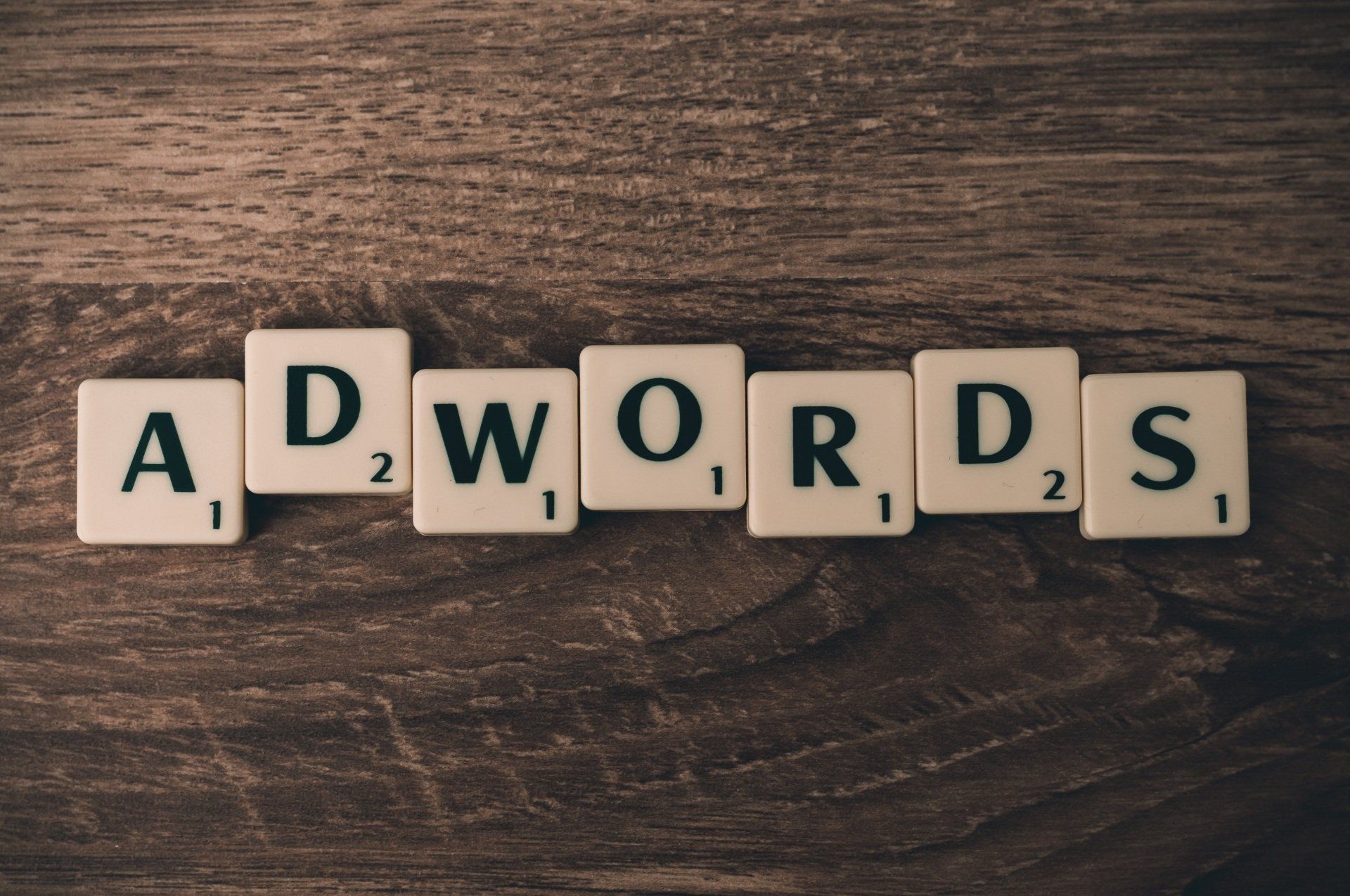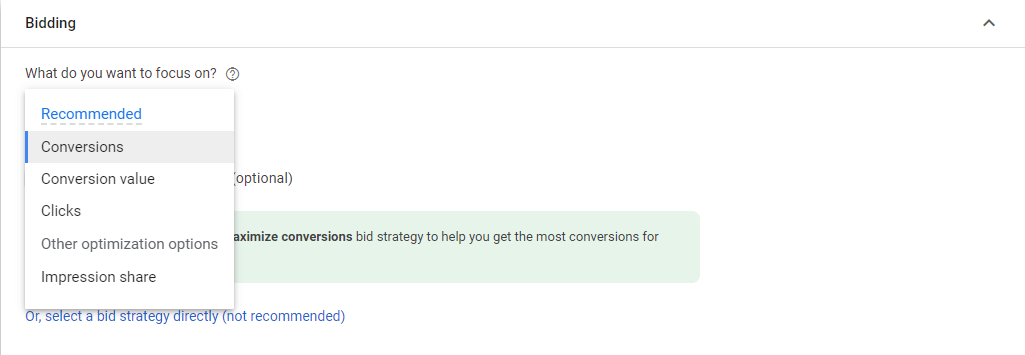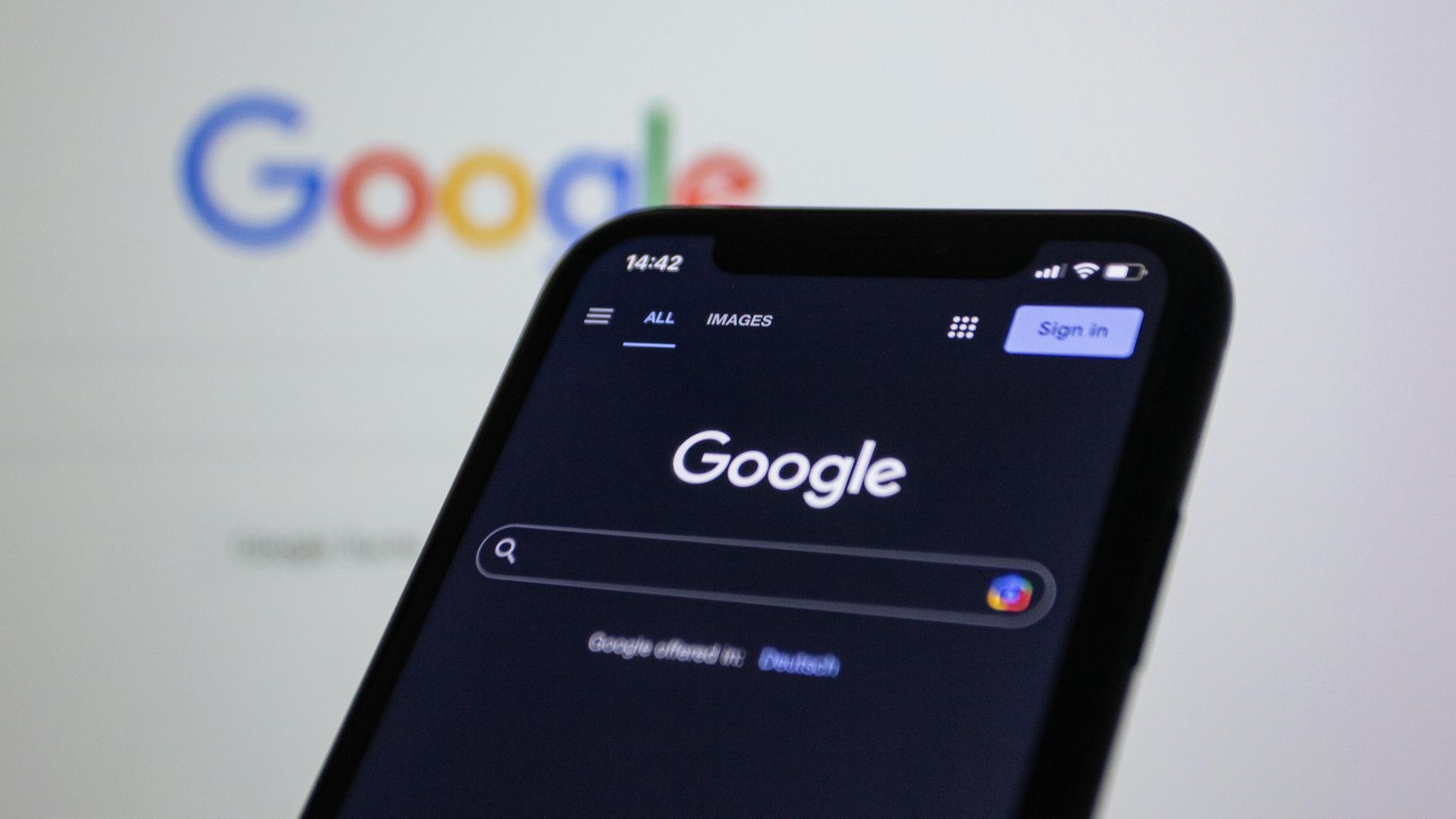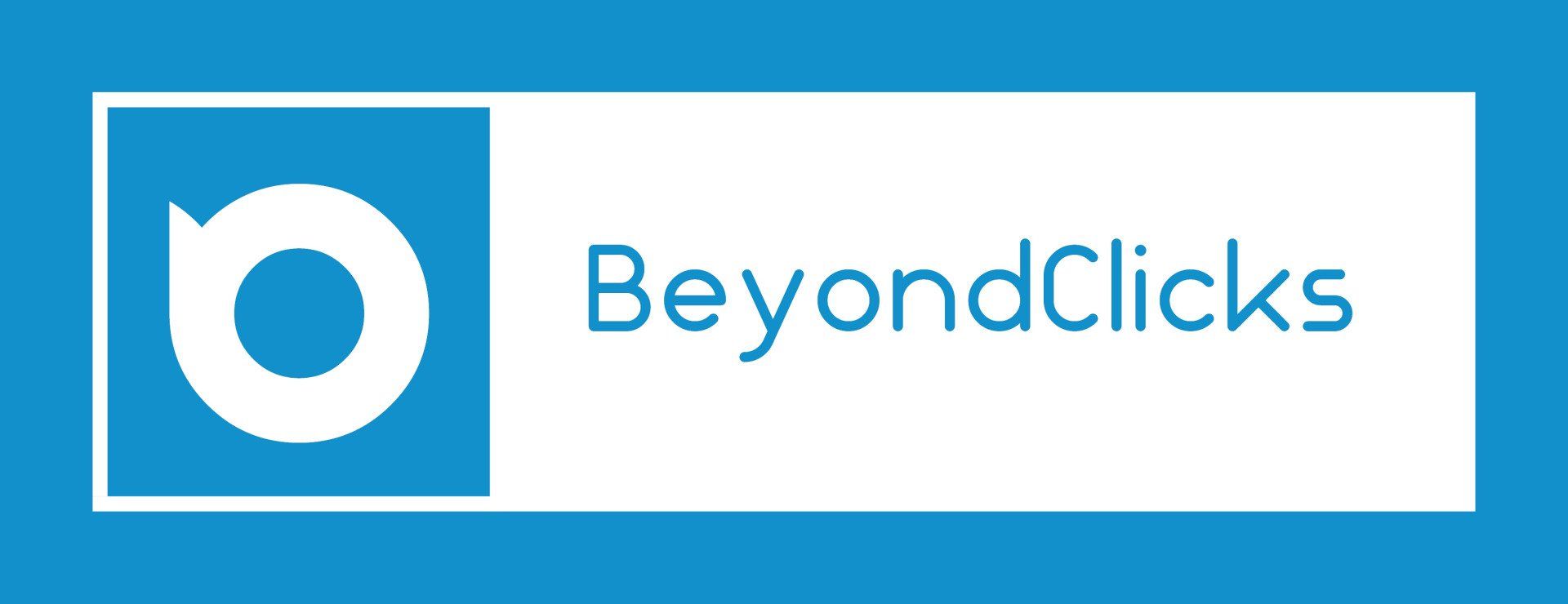Google Ads Bidding Strategies Complete Guide (Must Bookmark)

When it comes to Google Ads bidding strategies, there are a few options to consider and choose from. The question is which one should one pick and why. We provide our perspectives to that complex question in a simple language.
One of the compulsory settings a marketer needs to set in order to get the campaign live is the bidding strategy. It may be quite overwhelming as there are many bidding strategies to choose from. In this article, we dissect each bidding strategy and which one is more appropriate, depending on your campaign objective and KPI.

Bidding Strategy #1: Target Cost per Action (CPA)
Target CPA bidding strategy helps you control the average cost per conversion at the desired level. The keyword here is "average", meaning the system will try to achieve the average cost per conversion you set. For instance, if you set the target CPA as S$5, you may still find that some conversions have higher cost whilst some are lower. Overall, the system will try to deliver the average cost per conversion at S$5.
Target CPA may be appropriate for:
- Intent-based campaign such as sales, leads, and similar.
- You are tracking conversions (e.g. contact form submission) accurately in your Google Ads account.
- The KPI you set is the cost per conversion, not the conversion volume.
- You have substantial recent conversion data for the algorithms to work appropriately.
Things to take note of:
- The lower the target CPA is, the slower the campaign delivery will be.
- Device bid adjustments will affect the target CPA. For instance, if you set target CPA of S$10 and set mobile device adjustment as +50%, then your target CPA for mobile will be S$15.
- Setting cost-per-click (CPC) bid limits is not recommended as it will make a smart bidding like target CPA ineffective.
- Don't be alarmed when you see a ridiculously costly CPC of some clicks.
Bidding Strategy #2: Target Return on Ad Spend (ROAS)
Target ROAS may be appropriate for:
- Intent-based campaign such as sales, leads, and similar.
- You are tracking the value of each conversion. For instance, if you sell 2 products - Product A is sold at S$5 and Product B is sold at S$10. Each conversion that happens for Product A is tracked properly in your Google Ads account as S$5 revenue generated; similarly, S$10 revenue generated for each conversion that happens for Product B.
- Your campaign KPI is to maximise the revenue generated.
- You have substantial recent conversion data for the algorithms to work appropriately.
Things to take note of:
- Any device bid adjustments you have won't be used because Target ROAS uses real-time data to function.
- Setting cost-per-click (CPC) bid limits is not recommended as it will make a smart bidding like target ROAS ineffective.
Bidding Strategy #3: Maximize Conversions
Maximize Conversions may be appropriate for:
- Intent-based campaign such as sales, leads, and similar.
- Your campaign KPI is to get as many conversions as possible.
- You have substantial recent conversion data.
- Cost is not your main concern.
Things to take note of:
- Because Maximize Conversions bidding strategy uses real-time data, device bid adjustments won't be used except for mobile and only if the mobile bid adjustment is set to -100%.
- Don't be alarmed when you see a ridiculously costly CPC of some clicks.
Bidding Strategy #4: Maximize Conversion Value
Maximize Conversion Value may be appropriate for:
- Intent-based campaign such as sales, leads, and similar.
- Your campaign KPI is to generate as much revenue as possible.
- You have substantial recent conversion data.
- Cost is not your main concern.
Things to take note of:
- Because Maximize Conversions bidding strategy uses real-time data, device bid adjustments won't be used except for mobile and only if the mobile bid adjustment is set to -100%.
- Don't be alarmed when you see a ridiculously costly CPC of some clicks.
Bidding Strategy #5: Enhanced Cost per Click (ECPC)
Enhanced Cost per Click may be appropriate for:
- Intent-based campaign such as sales, leads, and similar.
- You want a little bit control of CPC and allow higher CPC bid to acquire high-intent users.
- You have substantial recent conversion data.
Things to take note of:
- You may see higher CPC of some clicks that the max CPC bid you set. This is because ECPC tries to win high-intent users by bidding higher. Thus, don't be alarmed.
- ECPC is not available for app install campaigns.
- ECPC takes into account device bid adjustments, except for mobile.
Bidding Strategy #6: Maximize Clicks
Maximize Clicks may be appropriate for:
- A new campaign without conversion data.
- You want to have the full control of CPC whilst optimising the campaign.
- All you need is traffic to your landing page.
Things to take note of:
- It's the easiest and the most straightforward bidding strategy for Google Ads.
- The system will try to deliver as many clicks as possible within the maximum CPC bid limit you set.
Bidding Strategy #7: Manual CPC
Manual CPC may be appropriate for:
- You have different ad groups that contain completely different sets of keyword or placement. For instance, ad group 1 is for toy car and ad group 2 is for baby cot.
- The level of competitiveness amongst ad groups is greatly varied.
- Time is not your main concern and you have the resources to manage the max bid limit on regular basis.
Things to take note of:
- You may need to keep experimenting until you find the sweet spot for each ad group's max CPC bid limit.
- The CPC charged will definitely not exceed the max CPC bid limit you set.
Bidding Strategy #8: Target Impression Share
Target Impression Share may be appropriate for:
- Raise awareness of your brand, new product / service.
- Cost is not a concern.
- You want your ad to appear at certain position on Google search results.
Things to take note of:
- Because Target Impression Share bidding strategy uses real-time data, device bid adjustments won't be used except for mobile and only if the mobile bid adjustment is set to -100%.
- Need to set a goal (%) of impression share you want to achieve (e.g. 100%, 90% etc) at which position.
Bidding Strategy #9: Cost per View (CPV)
Cost per View may be appropriate for:
- You intend to launch a TrueView video campaign on YouTube.
- You want to have the full control of CPV.
Things to take note of:
- You won't be charged for anything beyond the maximum CPV bid limit.
Bidding Strategy #10: Viewable Cost per Thousand Impression (vCPM)
vCPM may be appropriate for:
- Your campaign objective is awareness and want to have as many target audiences as possible to view your ad.
- Traffic to the landing page is not your concern.
Things to take note of:
- vCPM is not available for search campaign.
- You will pay for ad impression.
Bidding Strategy #11: Target Cost per Thousand Impression (tCPM)
tCPM may be appropriate for:
- Your campaign objective is awareness and want to have control over the cost per thousand impression whilst getting your target audiences to view your ad.
- Traffic to the landing page is not your concern.
Things to take note of:
- tCPM is unavailable for search campaign.
- You will pay for ad impression.
Ready to grow your business?
Contact Us




